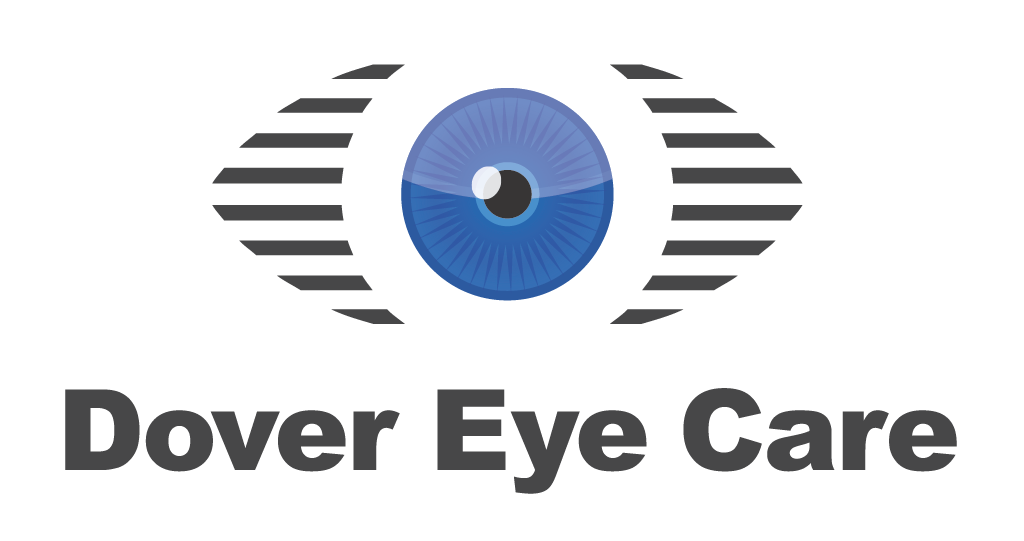There is controversy over the exact relationship between vision and learning. For example there is a negative correlation between distance refractive error and reading ability. Myopic or nearsighted children who cannot see clearly at a distance without glasses are more commonly good readers. Children who spend tremendous amounts of time reading become nearsighted. Before Alaska became a state myopia was rare. After becoming a state, more than 50 percent of the children in Alaska developed nearsightedness. Thus, correlation is such that nearsightedness or poor distance vision is highly correlated with success in reading. Restated another way, poor distance vision is associated with better reading abilities. Farsighted children statistically are poorer readers than myopic children.
Latest News
Cataract Surgery and Anesthesia
The majority of cataract surgeries performed in the U.S. are done with a local anesthetic and IV sedation.The local anes...
9 Intriguing Facts About Green Eyes
In honor of St. Patrick’s Day and the “wearin’ of the green,” we thought it would be fun and fit...
What is Tonometry?
A common question asked during the eye exam is, “When is the puff coming?” Patients are referring to a...
The Freaky Symptoms of Ocular Migraines
Have you ever seen a temporary black spot in your vision? How about jagged white lines? Something that looks like heat w...
Giving Your New Glasses a Chance
Eye doctors typically pride themselves on being able to improve someone’s vision through glasses or contact lens p...
My Child Is Near-Sighted. Will Glasses Correct His/Her Learning Problem?

